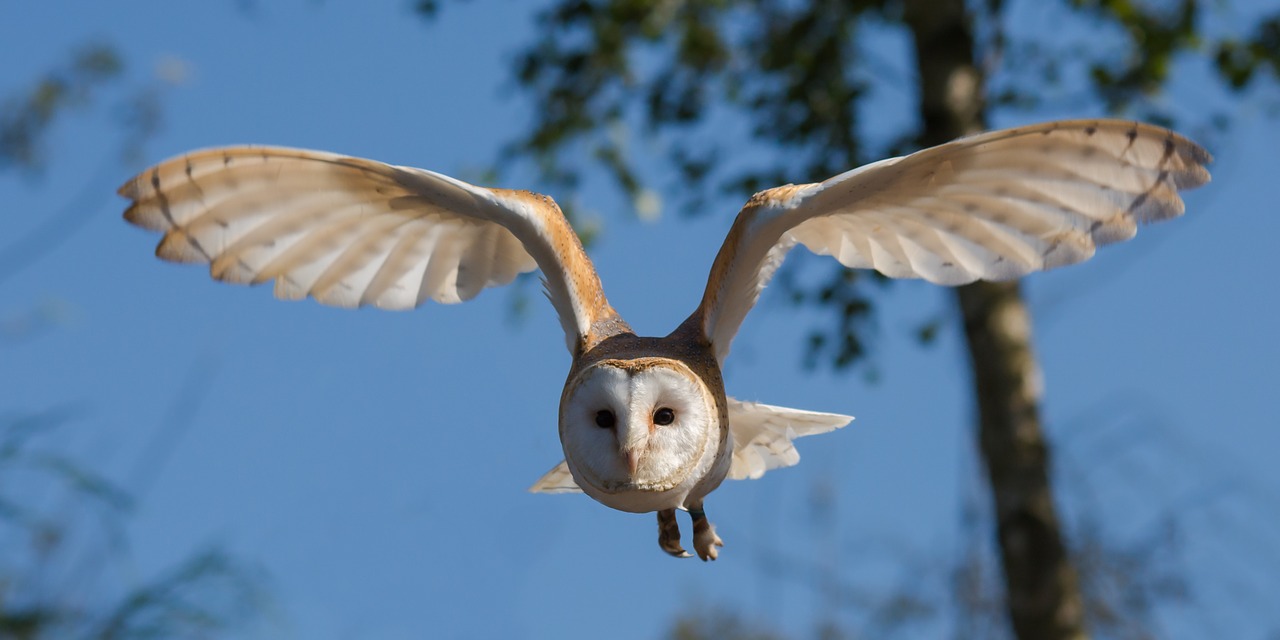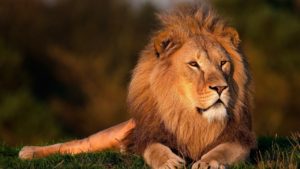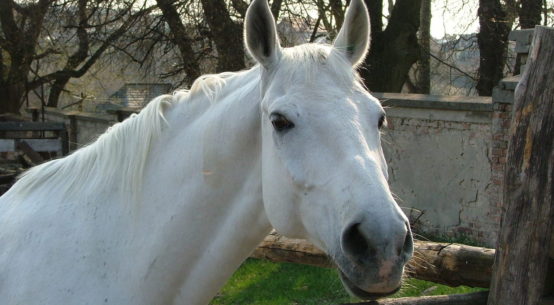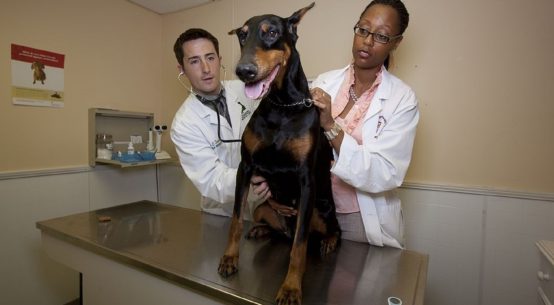
A wildlife vet specializes in the treatment of various wildlife species (either focusing on native wildlife or exotic species kept in zoo collections).
Duties
Wildlife veterinarians are licensed practitioners that have the training and experience to treat many different types of non-domestic species including birds, reptiles, mammals, and amphibians.
The specific daily duties for a wildlife vet can vary widely based on the nature of their employment, but there are many routine tasks common to most wildlife veterinarians. These responsibilities include performing health exams, taking blood or urine samples, sedating animals for procedures, taking x-rays or ultrasounds, giving vaccinations, administering fluids, treating wounds or other traumatic injuries, prescribing veterinary medications, providing routine dental care, performing surgeries, evaluating reproductive soundness, making dietary recommendations, and providing care for abandoned or injured young animals.
Wildlife veterinarians often work closely with zoo keepers, wildlife rehabilitators, veterinary technicians, fish and game wardens, government officials, and members of the community. Excellent communication skills are key in making the most of these interactions.
Veterinary professionals often are called upon to work some night, weekend, holiday, and “on call” hours. Emergency and critical care situations are usually the cause of these overtime hours. In fact, it is fairly common for veterinarians to work a 50+ hour week due to the after hours needs of their patients.
Employment Options
Wildlife veterinarians may work out of a clinic or in a field-based setting. Most practitioners work primarily out of a clinic and may travel to see patients in the field or in their exhibits in the event that it becomes necessary.
In terms of specialization, wildlife vets can focus on either local or exotic wildlife. They can specialize further by focusing on a specific type of animal (reptiles or birds, for instance). Some spend most of their time working in small or large animal practice with domestic species and only see wildlife patients on the side. Only a very small percentage of the more than 100,000 veterinarians in the United States are able to focus exclusively on wildlife practice.
There are many avenues of employment for wildlife veterinarians in addition to the common and traditional options like zoos, wildlife rehabilitation centers, aquariums, and museums. Additional employers may include colleges and universities, the military, government agencies, veterinary pharmaceutical companies, and research laboratories.
Education, Training, and Certification
All wildlife veterinarians must complete a four year Doctor of Veterinary Medicine (DVM) degree that trains them in both small and large animal medicine. There are currently 30 accredited colleges of veterinary medicine in the United States that offer a DVM degree to their graduates. After graduation a vet must pass the North American Veterinary Licensing Exam (known as the NAVLE) to become eligible for professional licensing, a requirement to be able to legally practice in any state.

There are several veterinary programs that are known for providing their students extensive opportunities to work with wildlife species. Tufts University has a wildlife clinic on campus that brings in more than 1600 local wildlife patients each year. University of California-Davis offers a DVM degree with an emphasis in wildlife health as well as post-degree residencies (zoo medicine) and graduate degrees (M.S. in wildlife health and epidemiology). Residencies and internships are a great way for young vets to gain specialty experience working with wildlife.
It is possible to become a specialist (board certified diplomate) in the field of zoological medicine through one of two certification paths. A vet can follow the formal training path by completing a one year internship, then serving a 3 to 4 year residency under the supervision of a diplomate, and finally passing the ACZM board exam. Alternatively, a vet can demonstrate that they have 6 or more years of practical experience working exclusively in zoological medicine and successfully pass the ACZM board exam. The board certification exam includes both written and practical elements.
Salary Range
According to the Bureau of Labor Statistics (BLS) the median earnings for the broad category of all veterinarians was $88,490 per hour in the recent 2015 salary survey. That equates to an hourly wage of $42.54 per hour. Earnings ranged from less than $53,210 for the lowest paid tenth of all vets to more than $158,260 for the highest paid tenth of all vets. Specific salary data for wildlife vets was not collected.
Board certified veterinarians (such as those who are diplomates in zoological medicine) tend to earn significantly higher salaries due to their advanced qualifications. In 2015 there were 164 board certified practitioners in the specialty of zoological medicine.
Job Prospects
The veterinary profession is expected to continue to show fairly strong growth for the foreseeable future. The BLS projects a 9 percent rate of growth through 2024, faster than the average for all professions surveyed (though not as explosive as the growth predicted a few years ago of more than 30 percent—that number has been affected significantly by the rapidly growing number of vet school graduates in recent years). Wildlife veterinarians will continue to experience high levels of competition for positions due to the very limited number of opportunities and the high level of interest in wildlife medicine.
Follow Animal Career Expert on Facebook, Twitter, and Pinterest for the latest articles, photos, and news.



